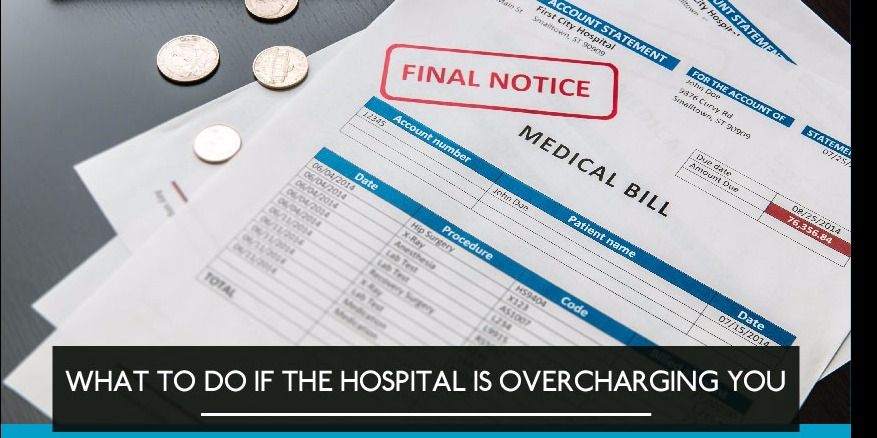

Have a break, but DO NOT eat that Kit Kat!
If your company is experiencing people returning from their breaks dragging their feet, looking morose or possibly even more fatigued than when they left for their break, you might need to start turning your Passive Breaks into Booster Breaks.
Historically, breaks have been used to lessen fatigue, reduce boredom, and sometimes just stop employees performing repetitive tasks from losing their minds. Typically, these breaks involve a cup of coffee, snacking on something super-unhealthy, smoking cigarettes or discussing the latest development on The Game of Thrones. In the worst cases, the break involves yet more staring into the computer/mobile screen to catch-up on social media or instant messages. What these breaks DON’T involve, however, is any physical activity like a walk, stretching or TaiChi or any other employee fitness ideas. Because breaks are about ‘relaxation’ not more work, right?

What we don’t realize is the amount of damage we’re doing to ourselves by staying in our seats for extended periods of time. And do we even really feel ‘relaxed’ at the end of these breaks? If your company is experiencing people returning from their breaks dragging their feet, looking morose or possibly even more fatigued than when they left for their break, you might need to start turning your Passive Breaks into Booster Breaks.
What is a Passive Break? Check if your typical break conforms to these attributes (it probably does):
a. You step out of the office for a cigarette, samosa, cold-cut sandwich, tea or coffee
b. You stand around said smoke/snack/beverage and talk to colleagues about whatever was depressing/annoying you in the workplace in the period leading up to said break followed by a few jokes and discussions on inane topics
c. You checked your phone for missed calls, WhatsApp messages and Facebook posts from friends who are supposed to be at work and not online anyway
d. You checked out that boy/girl that you think is cute but they’re having their cigarette, samosa, cold-cut sandwich, tea or coffee and there’s no real opening to make a conversation
e. You ended up having a pseudo-break by having your snack at your desk while watching YouTube videos on your desktop
Sounds familiar? The worst part is, it’s not really a break at all. Your mind is growing numb with the lack of interesting things to do and your body is getting tired, weak and old because you’re sitting around all day. But all is not lost, as always we come with solutions, not just problems. Booster Breaks are the solution not just for your own wellbeing but also to turn the overall energy and fun quotient in your company from simmer to high flame.
What exactly is a Booster Break? Check if the following look just a little bit more interesting than your current breaks:
a. Your work breaks occur in outdoor grounds, terraces, stairwells, and hallways instead of canteens, coffee shops or meeting rooms
b. Your break activities include racewalking, yoga stretches (or regular stretches), Tai Chi or some form of exercise
c. Your break activities are competitive, with participants winning points for participating and performing
d. You completely forgot about your phone and social media accounts for 5 seconds and the world did not end
e. You finally have an opening to talk to that boy/ girl you’ve been eyeing without looking like a creep
An active, Booster Break is one of the few employee fitness ideas that can leave you feeling energized and positive, which is what a break is supposed to do in the first place. Of course, while this all sounds good, we know that things like this need to be adopted by everyone. Speaking from experience, you don’t want to be the one guy standing in a corner performing Tai Chi while everyone else sniggers at you over their customary smoke.
Adopting Booster Breaks as a company and making them part of your company’s culture can be hard, but can bring great rewards if you achieve it. So, we’ve gone ahead and created a game plan for you:
Step 1: Assess your needs:
When you’re conducting an assessment of your needs, check if there are any roadblocks that you might run into.
1) Check your policies:
Check carefully if you have other policies that might clash with taking Booster Breaks. It’s better to do this first than have employees and managers point them out to you after you’ve started rolling out.
2) Check your people:
What do your people do when they take a break currently? Watch them. Helping your team adapt will be easier if you really understand them.
3) Check your break times:
How often do your people take breaks? Do they skip breaks? If yes, then why? This won’t work unless a critical mass of people participate and you need to be ready to remove any roadblocks in the path to achieving that.
Step 2: Assess key metrics and indicators:
1) Trends in attendance:
Check attendance records and participation numbers in company team building activities for trends.
Have people been participating in employee engagement activities? Are attendance records at company meetings or even just regular attendance at work a problem? If the overall level of motivation and engagement is low, then you might need to run internal marketing campaigns to get people excited again.
2) Trends in productivity:
Check employee productivity numbers, potentially even survey your team to understand stress levels. Run the same numbers again after you implement Booster Breaks to check if you’re starting to get things right
3) Trends in wellness:
Get health checks done to understand overall employee health, although sick-leave trends might be a good indicator too. Your overall business risk is attached to the health risk of your best people. Also, productivity lost in seasonal illnesses and general sickness is rarely accounted for. Try and start running the numbers so you can check how much your Booster Breaks are saving your company.
Step 3: Implement Booster Breaks:
1) Talk to employees:
Check what your employees would like to do during Booster Breaks. See what employee fitness ideas they have and involve them from the ideation stage. Change management should be a lot easier if your team feels a sense of ownership in the initiative. And you never know what someone might come up with.
2) Use your employees:
Are certain employees already good at certain activities like running, walking or yoga? Use them to be your champions and use their skills to assess employee fitness ideas you can run during Booster Breaks. Pick people who others look up to and some of their cool should rub off on your initiatives.
3) Position your employees:
Employee fitness ideas are great, but the execution is everything. Your team will need a safe space that they are comfortable in. Decide on which ground/lobby/stairwell/room will be designated for Booster Breaks so people know exactly where they need to show up and when.
Step 4: Make Booster Breaks work for you while you take a break:
1) Remind:
Remind employees to take breaks. Some employees can tend to overwork themselves and lose track of break times and sometimes even meal times. That sort of behavior can hamper their health and productivity really soon. Keep an eye out for employees who tend to get too engrossed in their work and reward them with some personal attention. If you’re having trouble communicating with employees, take a look at our communication hacks here.
2) Reinforce:
Let employees know that they are not required to work during breaks. There’s always more work to be done and deadlines are always looming. Working non-stop and ignoring health and well-being won’t help in any way. Managers who de-prioritize company initiatives in the interest of delivery deadlines are not helping your company in the long run.
3) Encourage:
Support and encourage employees to participate. There’s the fun in numbers and introverted employees or new entrants in the company might need a slight nudge to help them along. The Booster Break itself should help them break the ice, but you’ll need to get them there first.
It’s a bit counter-intuitive to think that getting people out of their cubicles or off their office chairs is the best way to improve productivity, but it’s proven to be the case. No one can work 8 hours at a stretch and still be 100% productive. Imagine if you could put in your best at work and still be energetic at the end of the day? What if you could still have the mental strength to go home and help the kids with homework or have a real conversation with your better half instead of falling face-first on the couch and groaning? Booster Breaks are one of the few employee fitness ideas that can get the job done, so you can get the job done.
Let us know if you have more employee fitness ideas around Booster Breaks or anything you’ve observed around break behavior in your company, we’re always looking to learn. You can leave your inputs in the comments or write to me. If you’d like to learn more about Booster Breaks, refer to this link.




